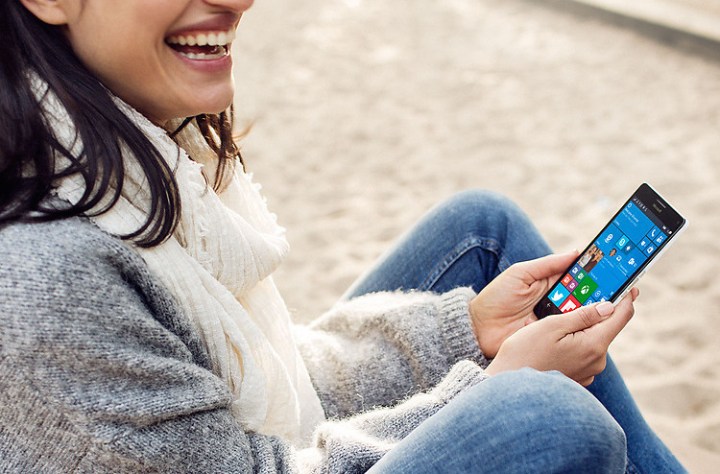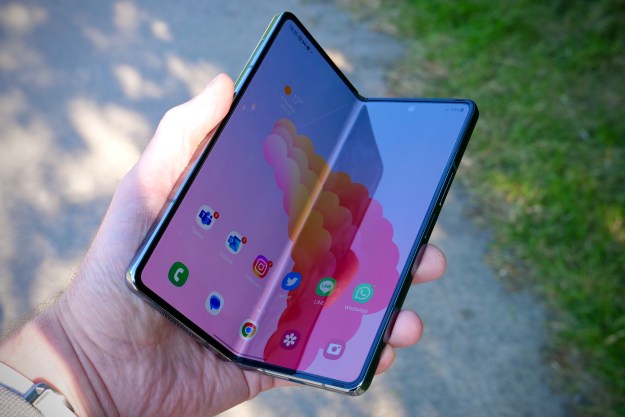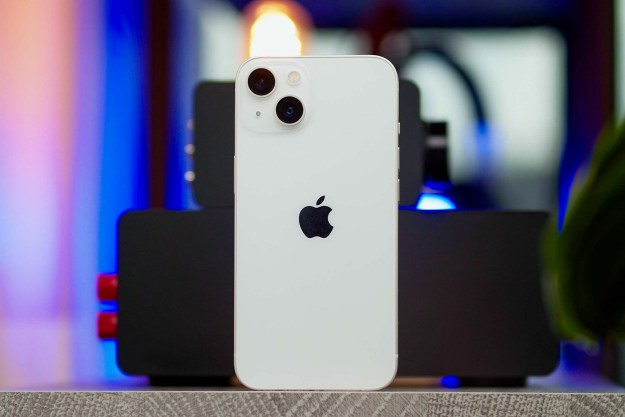
The 950XL is one of the largest phones in the Lumia family, and it seem likes a natural successor to the previous Lumia flagship, the photography-focused Lumia 1020, which launched way back in 2013. With a truly spectacular camera, the 1020 was a singularly impressive device. How does the latest Lumia compare?
| Lumia 950XL
|
Lumia 1020
|
|
| Size | 5.98 x 3.09 x 0.32 (in) | 5.13 x 2.81 x 0.4 (in) |
| Weight | 0.36 lbs | .34 lbs |
| Display | 5.7-inch AMOLED Quad HD | 4.5-inch AMOLED |
| Resolution | 2560 x 1440 (518 ppi) | 1280 x 768 (334 ppi) |
| Operating System | Windows 10 | Windows 8.1 |
| Storage | 32 GB | 32 GB |
| Processor | 2.0 GHz octa-core | 1.5 GHz dual-core |
| RAM | 3GB | 2 GB |
| Camera | Front 5 MP, Rear 20 MP | Front 1.2 MP, Rear 41 MP |
| Video | 4k at 30fps | 1080p at 30fps |
| Connectivity | Wi-Fi, LTE, NFC, Bluetooth v4.1 | Wi-Fi, LTE, |
| Sensors | Windows Hello retina scanner, Ambient light sensor, Accelerometer, Proximity sensor, Barometer, Gyroscope | Ambient light sensor, Accelerometer, Proximity sensor, Barometer, Gyroscope, Magnetometer |
| Battery | 3340 mAh | 2000 mAh |
| Marketplace | Microsoft Store | Microsoft Store |
| Price | $650 | $300 |
| Carriers | AT&T | AT&T |
| Availability | Not yet released | Now |
| DT review | Hands on | 4 out 5 stars |
Lumia 950 XL Coming Soon
Power and productivity
In terms of sheer power, the 950XL is a huge leap over the 1020. The XL’s Snapdragon 810 processor has eight cores to the older model’s two, and they run at a higher clock speed. In addition, the 950XL has an extra gigabyte of
Perhaps the most notable feature of the 950XL is the Continuum software, which allows users to hook their phone up to a display dock that connects to monitors, scaling the phone’s apps up for bigger displays. This is especially convenient given that the XL can run productivity apps like Microsoft’s Office suite. Using a mouse and keyboard, Continuum allows for a desktop-esque experience, running off the phone. For those who want a mobile computing experience without having to buy a laptop or tablet, the 950XL seems to provide that.
The 950XL uses a USB Type-C connector, which transfers both data and power much faster than previous models. It also has a removable battery and wireless charging capability.
Whereas fingerprint sensors seem to be all the rage these days, Microsoft is pushing a different form of biometric sensor with the new Lumia models. The Windows Hello software scans the owner’s iris to unlock the device. It is not entirely clear how (if at all) this is an improvement over the competitors’ fingerprint sensors, but it is certainly stylish.
Winner: Lumia 950XL
Design
Both Lumia models use polycarbonate casing for a simple look. While the 950XL’s case isn’t as dazzling as some other new phones (Google’s aluminum Nexus 6P comes to mind), there is nothing wrong with embracing the basics.
The Lumia 1020 was an overall comfortable phone to use, but you had to adjust to the camera lens protruding from the back. The 950XL also has a raised area on the back where the lens is located, though it is less pronounced than the 1020’s.
The XL is slightly larger than the 1020, and features a far nicer screen, with 518 pixels-per-inch compared to its predecessor’s 334ppi. The XL’s screen is also made of Gorilla Glass 4, making it sturdier than older phones like the Lumia 1020.
Winner: Tie
Camera
The Lumia 1020 was a revelation for smartphone photographers, with a main camera offering a staggering 41-megapixel resolution and a powerful sensor that made for lush photos with a great balance of light and shadow. The 950XL scales things back a bit with a 20-megapixel rear camera. However, the 950XL brings a slew of other features that allow users to take high-quality photos, including triple LED flash that provides more balanced lighting, and a sensor designed to reduce motion blur. Moreover, the 950XL records
Winner: TBA
Price and availability
The 950XL boasts a lot of hardware improvements over the 1020, and it naturally comes with a steeper price tag of $650. So far, the only carrier announced for the XL is AT&T (the same as the 1020) although Microsoft has indicated the phones can be purchased unlocked. Given the 950XL’s focus on productivity (a trend all Microsoft devices tend to follow), the higher price may be worth it to users who are always working on the go.
Winner: Lumia 1020
Conclusion
It is unclear if these new Windows phones will find the success that has eluded the platform for so long. If any Windows phone could take on Android and iPhone, however, it would be the 950XL, armed with new hardware and an aim toward productivity. Those who already own a 1020 may have a tough choice to make. The 1020 still sports one of the most impressive cameras in smart phone history. However, the 950XL is hardly poor in that regard, and the addition of Zeiss optics, triple LED flash, and other features may make it the phone of choice for casual photographers.
However, the updated processor and Windows 10 Mobile are big selling points for the 950XL. Additionally, Continuum remains the most intriguing aspect of the XL. If it runs as well as Microsoft promises, the 950XL could replace not only the earlier Lumia models, but even the common laptop as a portable computing device. The Lumia 950XL is worth the upgrade if you’ve been holding on to your Lumia 1020, waiting for the next great camera-focused
Editors' Recommendations
- iPhone 13 vs. iPhone 13 Pro Camera: Which model is best for you?
- OnePlus 7T vs. OnePlus 7 Pro vs. OnePlus 6T: Which is best for you?
- Motorola One Vision vs. Nokia 7.1: Which is the best budget phone for you?
- Google Pixel 3a vs Pixel 3a XL: What’s the difference and which best suits you?




